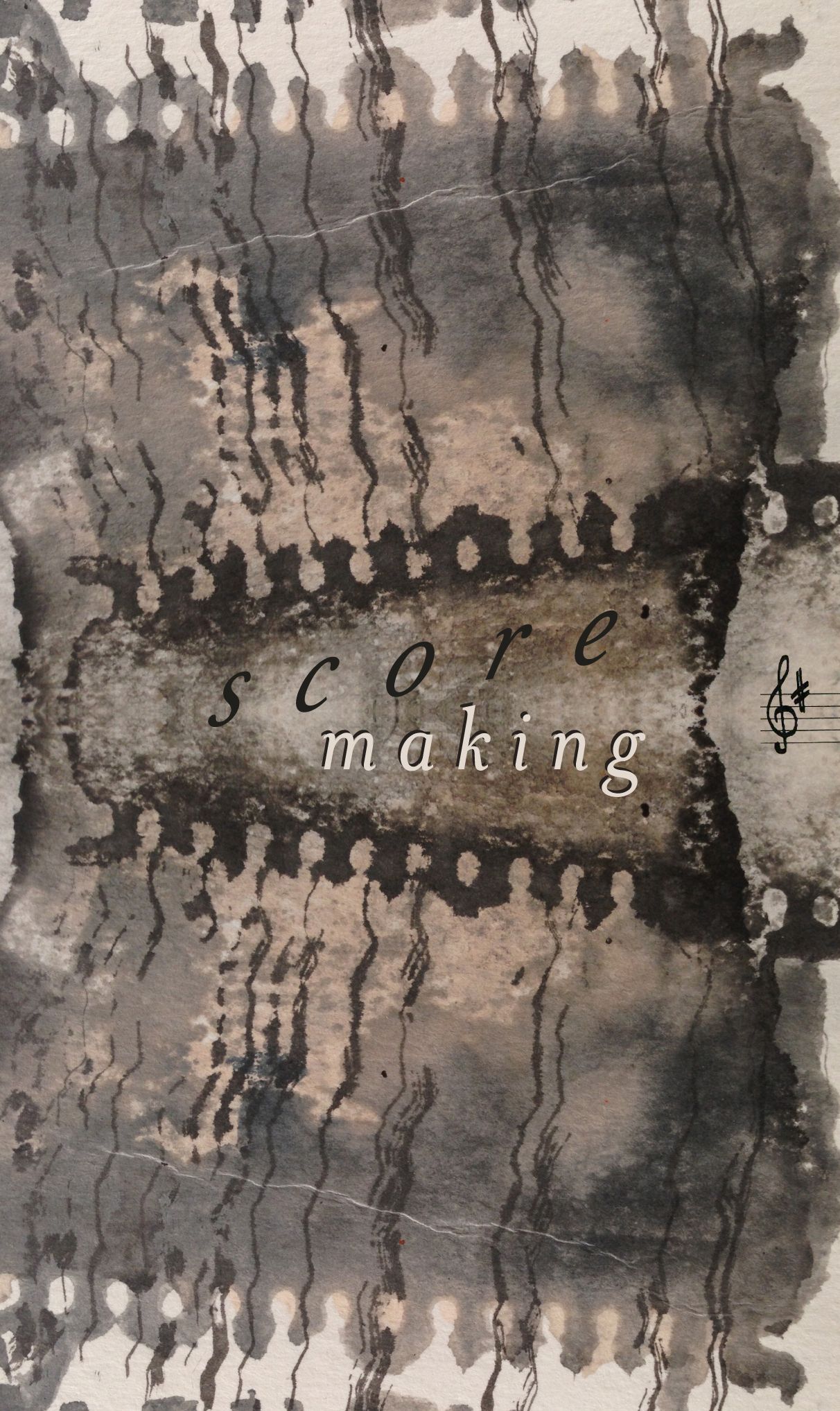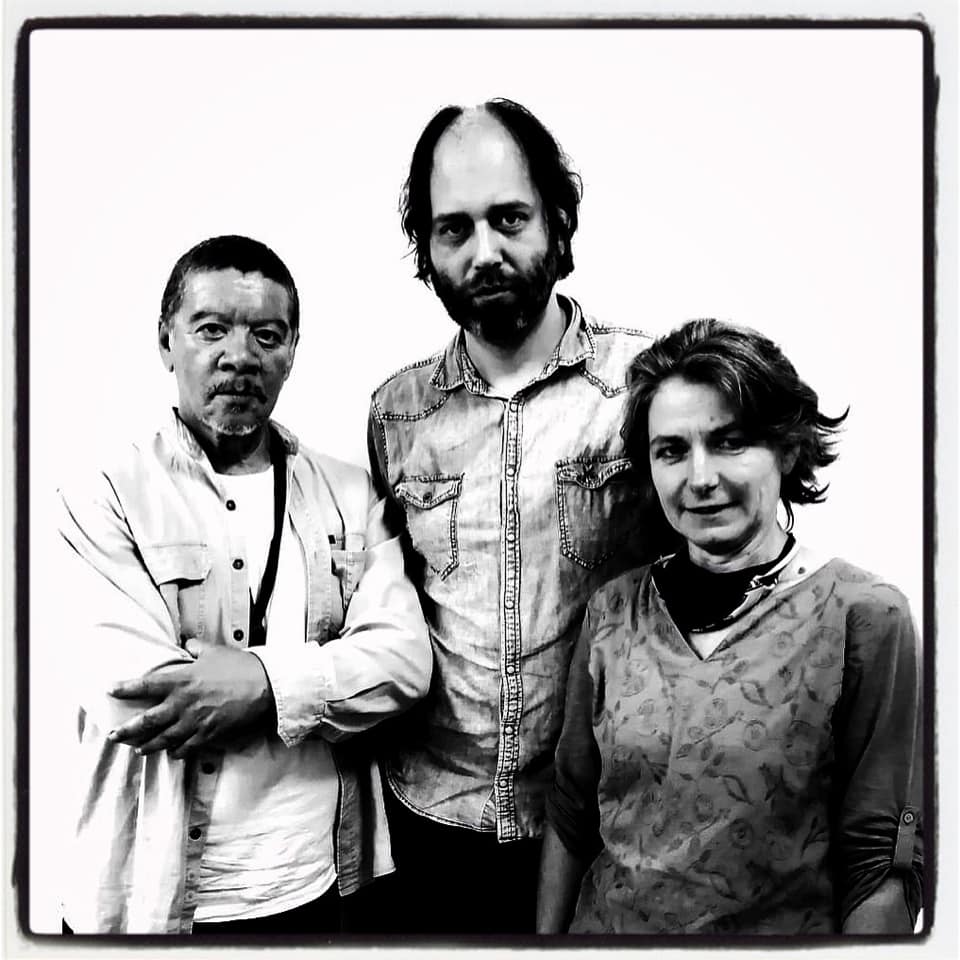SCORE-MAKERS
Score-making
The moment we record things they become spectral. We might not notice them as ghosts at first. Often the spectrality is totally invisible to us – such is the illusion of presence in our creations. As time goes by and the medium breaks down, we notice ghosts emerging, before eventually they too disappear, as the matter that once preserved their trace so well, is exorcised by natural decay. Recordings are not natural, they are creations that we desire. We are makers first and foremost. We routinely organise matter into tools, structures and the phantoms that suit our emotional needs – but matter was not built for our needs. It is subject to a myriad of other forces that always gradually undo our work. Ultimately it is this, inescapable fact of nature, that haunts us in everything we record.
Michael C. Coldwell

Dear score-makers,
As we planned and rehearsed for the score-making evening of 5 November 2021, filmmaker Teshome Gabriel’s notion of acts that engage ‘living amongst ruins’ and that seek to build ‘languages of memory’ stayed with us. We imagined that improvisatory music could enact fragments / ghosting / ruins / memory with which to connect histories of harm to current strategies of life as creative beings. Please take a look at Gabriel’s text, Ruin and The Other: Towards a Language of Memory.
After Gabriel, we sense that fragments and traces, ruins, and memory remind us of layers of a decolonial aesthesis that connects past to future, making whole what may have been rendered disconnected, incomplete. We then also begin to think of score-making as a collective act of making whole, happening over layers, or phases, of which the end-stage may in fact be a new beginning of a next phase of a process rather than a static end result, a product.

A second stage of score-making happens when we archive the filmed and recorded material, edit the material and also fragment the material into separate sound clips and visual clips, almost like ruins or ghosts or traces left dangling. These fragments are then placed online, onto this page in herri that you are now reading. Your reading is a future event that will take place after the first two stages of the score-making process but your reading will nonetheless take place in the present. Your present.
A third stage of the score-making process unfolds when you, the online herri visitor, engage with these fragments to further ‘make’ the score and potentially create new combinations of audio and video performances and installations. Discontinuity is the continuity. Disconnection is the connection. Incoherence is the coherence.
By imagining phases of score-making, and by acknowledging that individuals and collectives are involved creatively, we suggest score-making has various stages of impermanency, and that score-making is multi-dimensional, with each phase a potential new beginning. The ghosts from the past – their lingering – matter. Collective participation potentially directs processes of score-making, living-acting amongst ruins and building-making languages of memory to connect past, present and future. With these thoughts in mind, welcome to score-making.

Once again, our thanks to ConcertsSA and their partners – the Norwegian Embassy, SAMRO, SAMRO Foundation and IKS Consulting – for encouraging us to find new ways of concert-making, and streaming. Our thanks also to Africa Open Institute for Music, Research and Innovation for much appreciated support.